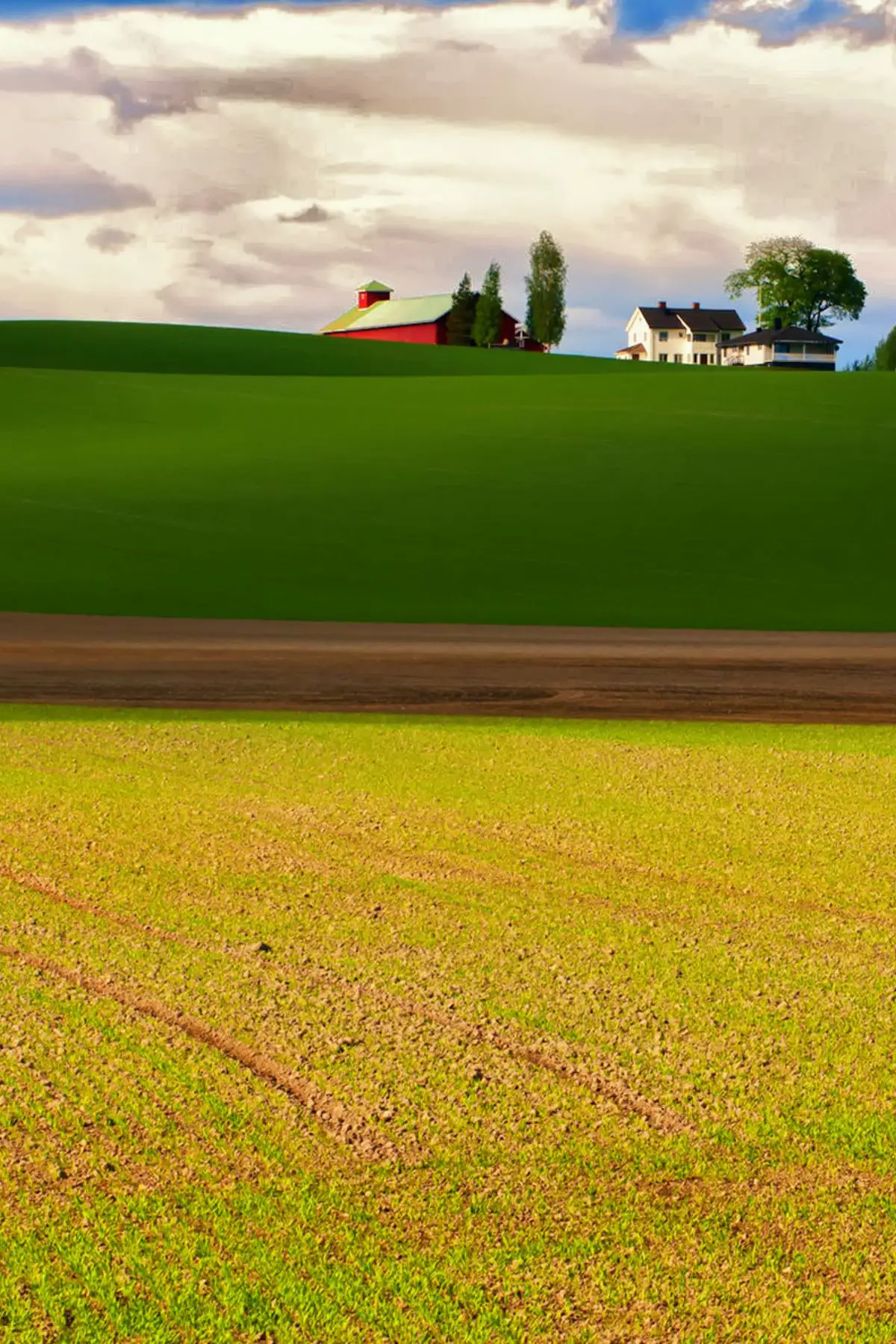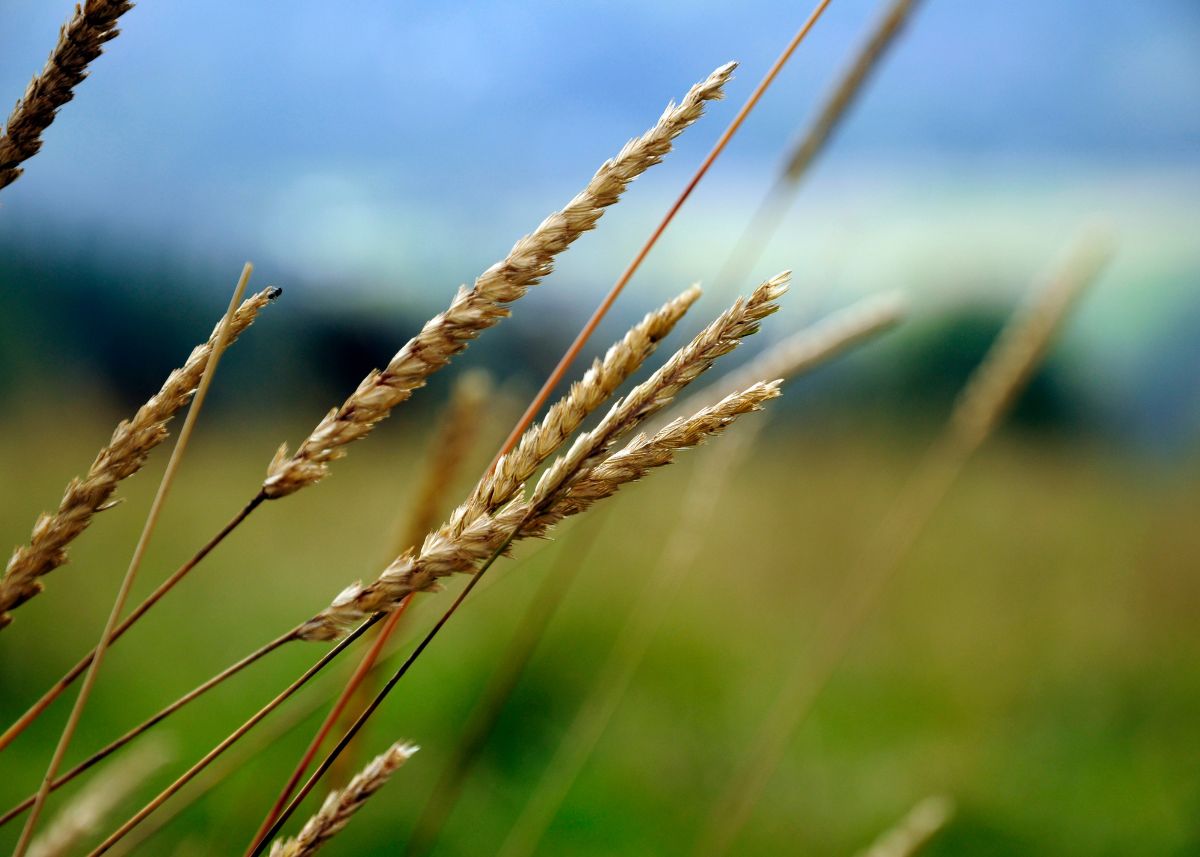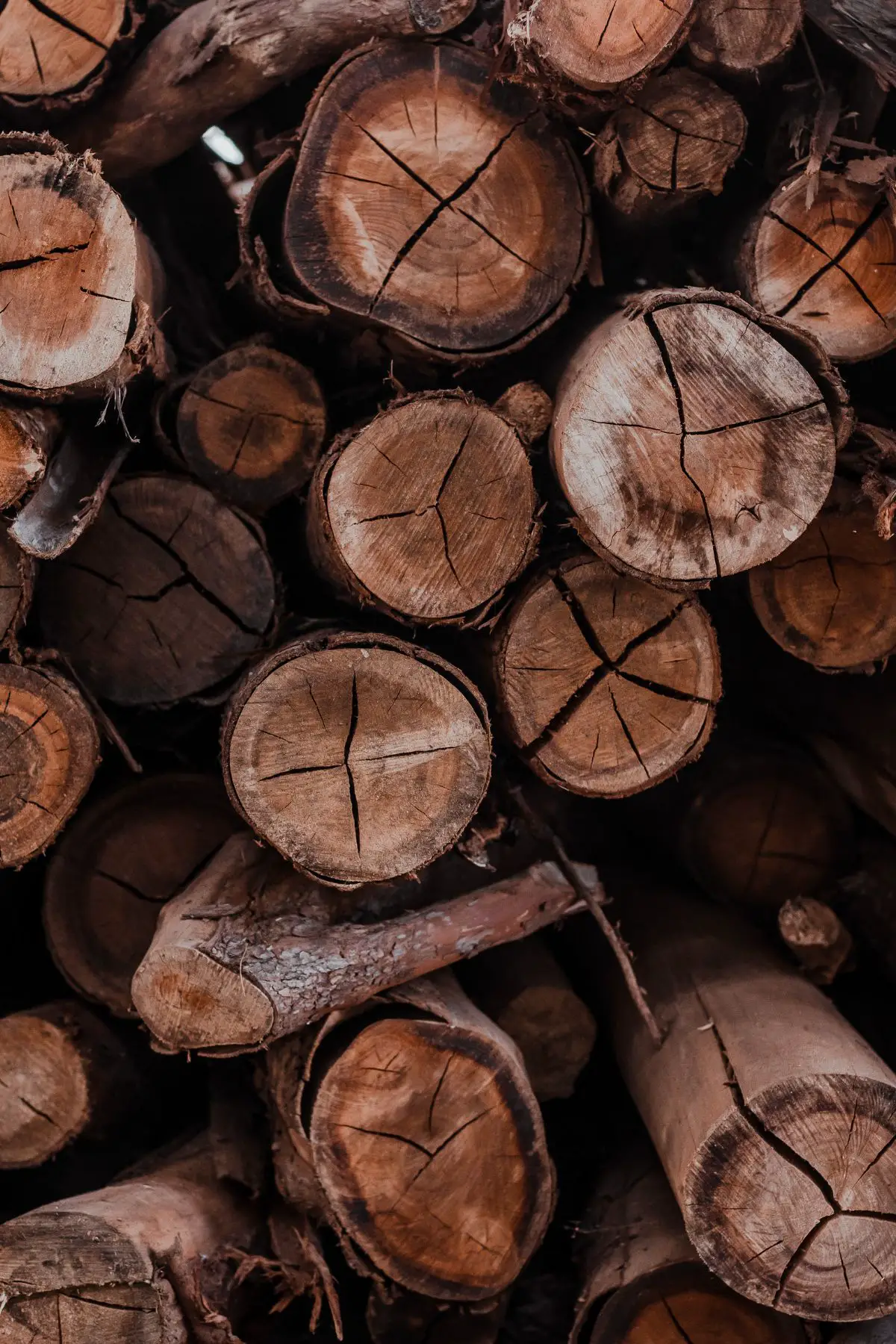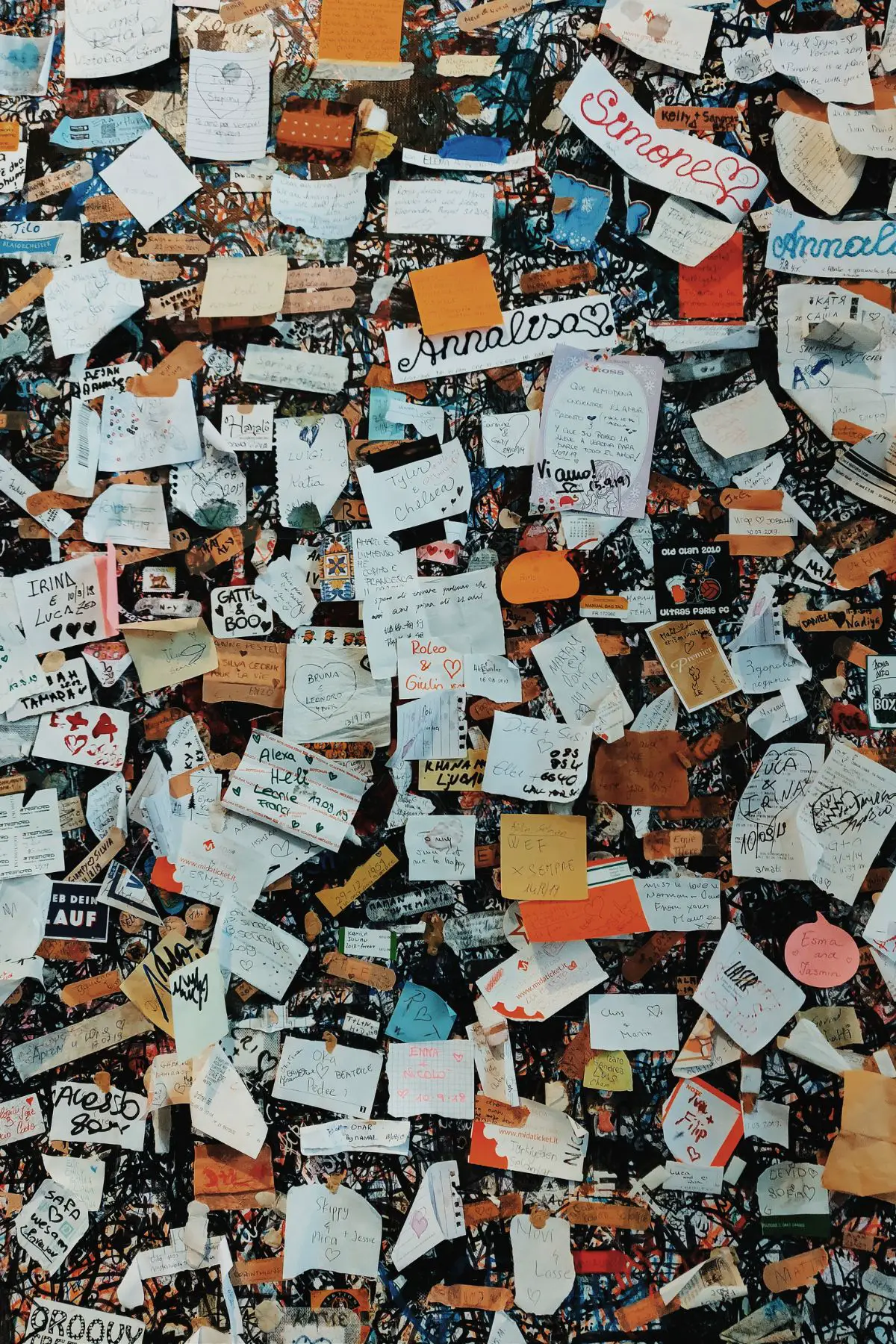145 Southern Colonies Facts For Kids!

Looking for the best list of southern colonies facts? This is the perfect list for you. Kids and students will love it!
Have you been looking for facts about the Southern Colonies?! Well, look no further. Here is the best list you’ll find about the Southern Colonies.
This will make your next report easy! It will also help you review for your next test. No matter the reason, this is the perfect list all about the new land and life in the Southern Colonies!
Note: This post may contain affiliate links, which means if you buy from my link I might make a small commission. This does not affect the price you pay. See the full affiliate disclosure here.

Southern Colonies Facts
- A colony is a placed that is ruled by a country that’s far away.
- The Southern Colonies were present-day Maryland, Virginia, North Carolina, South Carolina, and Georgia.
- They started as a small settlement in Jamestown.
- Jamestown was the first permanent English settlement.
- Most of the white colonists were from the British isles.
- The Southern Colonies also included other European countries.
- Lots of the colonists were German.
- The British founded the Southern Colonies during the 16th and 18 centuries.
- The Southern Colonies were dominated by the desire to make money.
- Families that wanted to get rich moved here.
- The Southern Colonies were very prosperous.
- There were many small farms in the Southern Colonies.
- The Southern Colonies contained large plantations.
- They produced a large number of cash crops.
- They also produced trade items.
- Plantation owners used slave labor.
- Most of the slaves were brought over from Africa.
- About 20 percent of the inhabitants in the Colonies were slaves.
- They had lots of cleared acres of land and a warm climate.
- Crops could grow all year in the Southern Colonies.
- Virginia’s main industry was plantation crops like wheat, corn, and tobacco.
- North Carolina’s agriculture was tobacco, rice, and indigo.
- South Carolina’s was cattle, cotton, tobacco, rice, and indigo.
- Georgia’s agriculture was sugar, rice, and indigo.
- Virginia was the first colony where people settled.
- Sir Walter Raleigh and Queen Elizabeth I named it in 1584.
- King James I granted a charter from the Plymouth Company and the London Company for Virginia.
- Virginia formally became a colony in 1607.
- Maryland was founded in 1633 by Lord Baltimore.
- Virginia was founded in 1607 by John Smith at Jamestown.
- North Carolina was founded in 1653 by Virginian Colonists.
- South Carolina was founded in 1663 by English Colonists.
- Georgia was founded in 1732 by James Oglethorpe.
- Maryland was named for Queen Henrietta Maria of England.
- Virginia was named for Elizabeth I, Enland’s Virgin Queen.
- Georgia in named after King George II.
- Southern plantations were so big that they were hundreds of miles apart.
- Large plantations were made up of a home, kitchen, dairy, cabins, stables, barns, a smokehouse, carpenter, schools, and brick-maker shops.
- They built forts for protection.
- It continued till the American Revolution.
- Present day cities of Baltimore and Richmond were busy ports and important trade places here.
- Virginia’s fertile lands were the perfect place for growing cash crops.
- Bacon’s Rebellion of 1676 was an important event.
- It began as a fight between poor farmers and servants and wealthy landowners.
- It was a rebellion against the corruption of British Empire led by Nathaniel Bacon.
- King Charles I granted a charter to Cecilius Calvert for Maryland in 1633.
- Calvert was the first person to receive a charter to settle a colony.
- Before him, only companies could do so.
- He became Maryland’s first governor.
- Maryland’s major industry was manufacturing of iron and shipbuilding and agriculture.
- Maryland stretched on both sides of the Chesapeake Bay.
- Calvert wanted Maryland to be a safe place for Catholics.
- It was the first colony created not to make profits.
- Maryland also housed Protestants, who follow a different religion.
- But Protestants didn’t like that Catholics were preferred over them.
- After a revolution led by Protestants in 1869, a government was formed.
- This time, they banned Catholics from working important jobs in the government.
- Peace was finally restored to Maryland by the America Revolution.
- The Carolinas were originally a single large colony, settled in 1663.
- King Charles II chartered them to his eight loyal supporters.
- North Carolina was the poorer colony.
- Crops were grown on a smaller scale.
- They produced meat and farmed cattle.
- They also produced turpentine and tar.
- Daily life was hard in the Southern Colonies.
- The farmers weren’t very rich.
- They also weren’t interested in the slave trade.
- Large-scale farming was done using slave labor.
- This generated a lot of profit.
- Farmers grew tobacco, cotton, indigo, and small amounts of rice.
- They also farmed hogs.
- North and South Carolina were very far from each other.
- They worked separately most of the time.
- South Carolina was one of the wealthiest American colonies.
- But after a revolt, different governments were made for North and South Carolina.
- In 1729, seven founders sold their interests to the British.
- North and South Carolina became separate royal colonies.
- Royal colonies were controlled by the British Crown.
- Georgia was the last colony, named after King George II.
- King George II chartered the colony to Parliament member James Oglethorpe.
- It was established in 1733.
- At the time Carolina was right next to Florida, which was controlled by the Spanish.
- Maryland’s main function was to protect the rich colony of Carolina.
- It also prevented slaves from escaping from other Southern Colonies.
- Georgia did not allow slavery.
- Oglethorpe wanted Georgia to be a colony where wealth was equally distributed.
- He settled it with people who were unable to pay their debts in Britain and so were in prison.
- Each debtor was given 50 acres of farmland.
- They were also given silkworms.
- This experiment failed since some land was fertile and some was not.
- Slavery was not allowed.
- Georgia’s mulberry trees also couldn’t grow silk well.
- Many debtors fled to Carolina instead.
- King George II removed the charter in 1752, making Georgia a royal colony.
- The Southern Colonies ranged from coastal plains in the east to hilly regions in the west.
- They had fertile soil, long rivers like the Potomac, and swamps.
- Virginia and Maryland were centered around the Chesapeake Bay.
- The Southern Colonies were the warmest.
- They had very mild winters compared to the Northern and Middle Colonies.
- This gave them a long growing season.
- Hot and humid summers led to the spread of diseases.
- The Southern Colonies’ economy depended on agriculture and exports.
- This included tobacco, cotton, corn, vegetables, grain, fruit, lumber, furs, and livestock.
- They had the largest slave population which worked on plantations.
- Plantations grew cotton, tobacco, indigo, other cash crops, and cultivated silk.
- Georgia was the last colony to be established.
- Georgia also served as a refuge for the poor debtors in 1732.
- It was meant to be a barrier between the Spanish in Florida and South Carolina.
- The Southern Colonies were very different from the New England Colonies.
- The Southern Colonies elected their own government.
- They had a governor, the governor’s council, and a court.
- They also had an elected assembly.
- Virginia’s elected assembly was called the House of Burgesses.
- It was the first such assembly.
- Several colonies were later converted into royal colonies.
- They colonies were ruled by the British monarchy.
- The Southern Colonies didn’t have a singular religion.
- They had religious tolerance.
- The major sections were Baptist and Anglican.
- Catholics and Protestants were also present in Maryland.
- These colonies enjoyed more religious freedom than the others.
- English was the official language.
- Spanish, French, and German were also spoken.
- Families were busy farming during the day.
- In the evening, they would learn religious lessons.
- They went fishing, kite-flying, and swimming.
- Children played tag, marbles, hopscotch, and leapfrog.
- They had games like wooden tops and chess.
- Large plantation owners became very wealthy.
- They gained political power.
- Plantation owners became political leaders and soon took over local government.
- Southern Colonies depended on slaves brought in from Africa to provide free labor.
- Enslaved men performed heavy labor.
- Ensalved women worked as servants or on farms.
- These colonies also practiced indentured labor.
- This referred to servants who worked on the plantations to pay off debts.
- They were not paid for this work.
- The difference between indentured servants and slaves was that slaves had no rights.
- Slaves had a terrible life, and this was wrong.
- Slavery continued for over 200 years.
- This led to the American Civil War
- The Civil War abolished slavery.
- The Maryland colony, Virginia colony, South Carolina colony, and Georgia colony became states in 1788.
- The North Carolina colony became a state in 1789.
- Georgia signed against Britain the Declaration of Independence in 1776.

The Bottom Line
Life in the Southern Colonies was hard work. Most people lived on large plantations. They had a mild climate and could grow crops year round. Life was better in the Southern Colonies than the Middle or Northern Colonies.
FAQs
What are 3 facts about the Southern Colonies?
The Southern Colonies had large plantations, they were formed to make money, and they had a very mild climate which allowed crops to be grown all year.
What are the Southern Colonies known for?
The Southern Colonies are known for their large plantations.
What is unique about the Southern Colonies?
The Southern Colonies had large plantations. They had a very mild climate where they could grow crops all year long. The Southern Colonies had religious freedom. They grew cash crops. Some people were sent there to pay off debts.
What was the Southern Colonies life like?
Life in the Southern Colonies was hard work. Most people lived on large plantations and farmed cash crops. These colonies enjoyed more religious freedom than the others. English was the official language. Spanish, French, and German were also spoken. Families were busy farming during the day. In the evening, they would learn religious lessons. They went fishing, kite-flying, and swimming. Children played tag, marbles, hopscotch, and leapfrog. They had games like wooden tops and chess.
More Like This
- Attention Grabbers For Kids
- Classroom Jobs For Your Classroom
- 135 Household Chores List
- 39 Potty Training At Night Tips
- Tips And Tricks For Toddler Teeth Brushing
- 59 Tips About What Every Child Needs
- How To Dye Rice For Sensory Play
- My Favorite Easy Homemade Play Dough
Final Thoughts On Southern Colonies Facts:
I hope you like the facts as much as I do! Let me know what you think in the comments.






